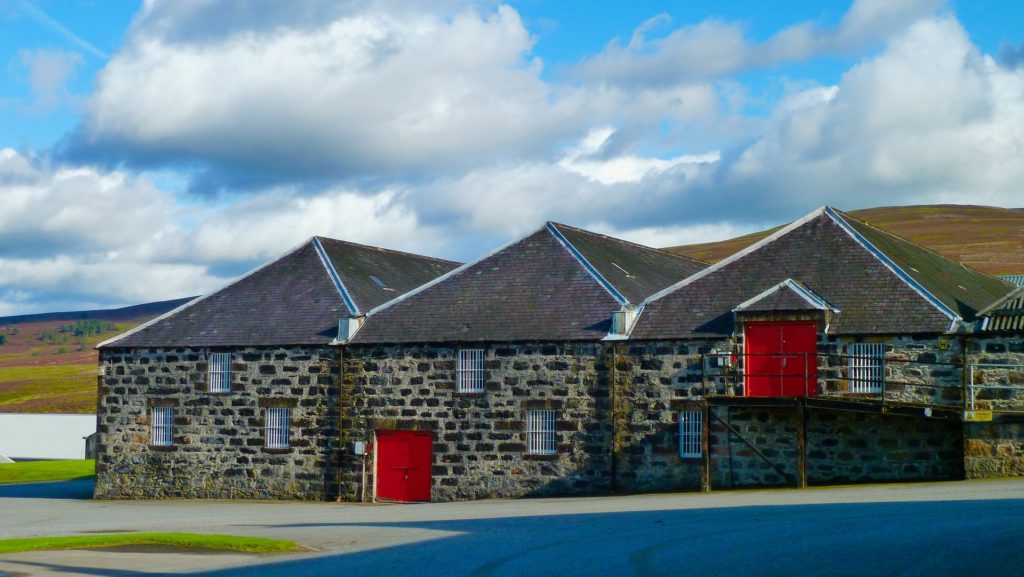Whisky is a unique beverage. It is associated with multiple tastes and smells. There is an art to distilling good whisky, and there is an art to drinking it.
Visiting Scotland and then going for a distillery tour is a great way to understand these crafts and enjoy the beverage. It would be a pleasurable experience for single malt enthusiasts and those who just want to broaden their palate. After all, Scotland produces some of the world’s finest whiskies.
This article will tell you all you need to know about whisky before visiting Scotland. We will discuss the different types of whisky and the whisky-related terms you should be aware of. We will also tell you how to enjoy your time drinking great whiskies and going on distillery tours.
Different Types of Whisky
Scotland has over 120 whisky distilleries that are spread across five major whisky-producing regions. These regions are Lowland, Highland, Speyside, Campbeltown and the Isle of Islay. The whisky from each whisky-producing region and distillery has a unique taste and smell.
The type of barley and water used also makes a difference. Whiskey made from smoked barley has a smoky and peaty flavour profile, while those produced from air-dried barley are not smoky.
Whiskies like Lagavulin and Laphroaig are from Islay, and they have a smoky taste and smell. In contrast, the Lowlands are known for their light-bodied whiskies like Glenkinchie.
What Terms Should You Know?
You may come across many terms like scotch whisky and single malt being used; let us examine a few of these terms.
Scotch whisky is whisky distilled in Scotland. The term single malt refers to malt whisky produced using traditional methods in a single distillery. Similarly, a single grain refers to grain whisky made in a single distillery. This is in contrast with blended scotch whisky, which is a mixture of single malt whiskies and single grain whiskies.
Drinking Whisky
One of the best ways to know which whisky suits your flavour profile is to visit a local bar and order a few drams. It is a good idea to talk to the bartender and ask them for recommendations. In Scotland, most bartenders tend to be knowledgeable about this subject.
Whiskies are an acquired taste. You may be overwhelmed by your first dram. But slowly, you may come to relish the taste. You could consider adding a splash of water to your drink.
Whisky connoisseurs may claim that it is a spirit meant to be consumed neat or straight up. Pay no attention to these snobs! Your whisky drinking experience is between you and the beverage. So, feel free to add water.
In case you are struggling with the smoky or peat-like flavour of a whisky, you can consider adding some ice. It would give a respite to your taste buds. And you can gradually build up your flavour profile.
However, keep in mind that adding sugary mixers or a can of coke may raise some eyebrows. Scotch whiskies don’t really go well with these mixers. In addition, you may lose large chunks of the taste and smell of these whiskies.
Distillery Tours
Distilleries are probably one of the best places to taste whisky. There are only a few distilleries in urban areas. You would have to head out to the countryside on a distillery tour to get an authentic experience. In these rural areas, accommodation and transport options may be limited, and the demand for these services tends to be high.
Most distilleries were set up near water sources, so they may be somewhat far from the main road. Going to multiple distilleries in a single day may be difficult but it’s very possible in the likes of Speyside which has a lot of distillers close together.
Visiting distilleries can be taxing. They are, after all, factories, and you will have to put in some leg work during the tour. You may experience temperature changes during your visit. Areas like the warehouses can be somewhat cold, while the areas near the stills will be rather warm.
You may be tempted to have a few drams at every site. But keep in mind that you will need to walk or even drive after that. So, pay attention to your alcohol consumption.
FAQs
Is It Whiskey or Whisky?
In Scotland, it is spelt whisky. It is also spelt whisky in most countries around the world. However, in USA and Ireland, it is spelt as whiskey.
The spelling difference can also tell you where the drink was distilled. If it were distilled in USA or Ireland, it would be spelt whiskey. But if the place of origin is Scotland, Canada, or Japan, you will see the word whisky used. So you could say – “I had some Canadian whisky yesterday, but it doesn’t come close to a fine Tennessee whiskey.”
While American and Scottish whiskies are usually made with different ingredients and can be quite contrasting in taste, this is technically not linked to their spellings. There’s nothing to stop an American whiskey from being made in the same way as a traditional Scottish single malt.
What Is a Dram?
A dram usually refers to a small drink of whisky. In Scotland, one dram equals 35 ml or one and a quarter fluid ounces. However, in some cases, you may be served 25 ml, which is just about one fluid ounce. 25 ml has become a standard single measure in the UK.
Which Whisky Producing Region Is a Must-Visit?
In case your whisky tour of Scotland is on the shorter side, make it a point to visit Speyside. Fine single malt whiskies like Glenfiddich, Glenlivet and Macallan are produced in this region. There are over 50 remarkable distilleries in this area, and most of them offer tours and tasting sessions.
There are a huge number of distilleries in the area and it’s easy to get from one to the next. The Glenfiddich and Balvenie distilleries, for example, are less than a mile apart.
